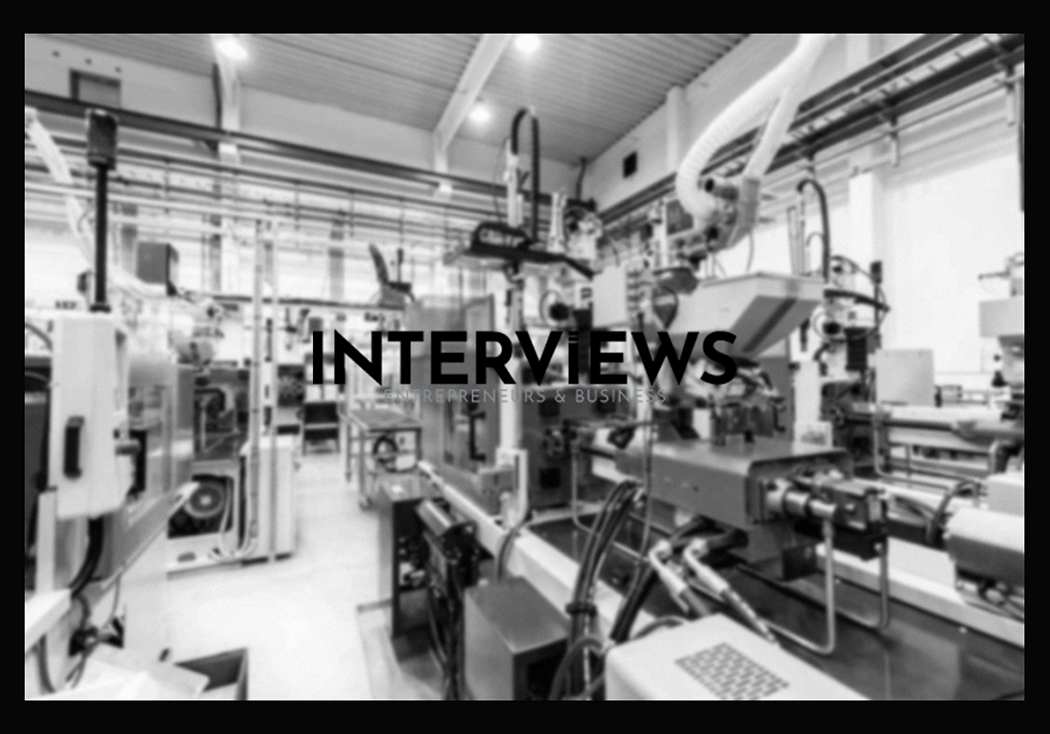Unveiling the Mystery of Injection Molding Costs: A Deep Dive for the Budget-Conscious
You’re jumping into injection molding. This is smart if you want to produce plastic parts at scale. But, let’s face it – the first question is about cost. Get ready, because determining injection molding costs is a maze, but we are your guides without cheesy jokes.
Decoding the Cost Factors: What Inflates the Price Tag?
Think of injection molding costs as a complicated recipe with many ingredients. Alter one, and the whole flavor changes (in this case, your budget). Let’s break down the main factors that can make your wallet cry, or hopefully just frown.
- Design Complexity: Picture drawing a simple stick figure versus a detailed portrait. This applies to part design as well. The more detailed your design, the more complex the mold. Simple shapes? More affordable. Intricate details? Expect higher costs.
- Material Matters: Your material choice impacts cost, just like choosing ramen or caviar. Thermoforming materials are cheaper compared to thermoplastic pellets. Material costs and availability play their roles too.
- Time is Money (Especially in Production): “Time is money” rings true here. Longer production times lead to higher labor and machine costs. Faster production means lower per-part costs due to economies of scale.
- Labor Pains: Designing and maintaining molds isn’t easy. It requires skilled labor – think expert designers and technicians. These are not cheap workers. More labor means higher initial costs, particularly for designing molds.
- The Mold Itself: From Cradle to Grave (Design, Production, Maintenance): From the idea spark to a functional mold and its upkeep, each stage factors into the final cost. This is your mold’s entire lifecycle cost.
- Tooling – The Big Kahuna of Initial Costs: The mold tool is the biggest upfront cost, no sugarcoating. It’s a custom-engineered asset needing skilled labor and expensive materials. Think of it as an investment for cheaper future parts.
- Machine Tonnage – Size Does Matter: The tonnage of the injection molding machine is a clear cost factor. Bigger parts need larger machines, and larger machines cost more to operate.
- Hourly Machine Rates – The Meter is Running: Injection molding machines have varying hourly rates, from $20 to $328.90. Shop smart and know what you are paying for.
Penny-Pinching Plastics: Materials That Won’t Break the Bank
Let’s discuss strategic material choices to help keep costs down. It’s about selecting ingredients for a budget meal.
- Polypropylene (PP): The Champion of Cheap: For cost-effective plastics, look no further than Polypropylene (PP). It’s affordable, easy to work with, versatile, and recyclable. The Swiss Army knife of budget plastics.
- ComposiMold and Impressive Putty: DIY Mold Masters (Sort Of): Want to craft your own molds on a budget? ComposiMold and Impressive Putty are your best friends. Great for prototypes or small experiments.
- Natural Latex: Proceed with Caution on the Cheap Route: Natural latex is cheap for molds, but use caution. It can be tricky, doesn’t last long, and undercuts? Good luck. Think of it as “cheap but not dependable.”
- Thermoforming Sheets vs. Thermoplastic Pellets: Sheet is Chic (and Cheap): Thermoforming materials? Those plastic sheets? They are cheaper than thermoplastic pellets for injection molding. If thermoforming works for your part, you can cut material costs.
- HDPE (High-Density Polyethylene): Easy Molding, Easy on the Wallet: HDPE fits into the budget-friendly category. It molds easily and captures fine details well. A solid choice that doesn’t break the bank.
- Die-Cast Parts: Cheap Per Part (Sometimes): For low per-part costs, die-casting can compete well. It’s often one of the cheapest options for individual components, especially with metal.
Tricks of the Trade: Slicing and Dicing Injection Molding Costs
Now for the exciting part – how to lower those injection molding costs. These tips help you outsmart the cost monster.
- Design for Efficiency: Simplicity is Your Friend: Begin here. Design parts with manufacturability in mind. Simpler designs equal simpler molds and lower costs. It’s common sense but often ignored.
- Structural Sanity Check: Don’t Over-Engineer: Investigate the structural needs of your part closely. Avoid over-engineering! Using less material where possible saves money on resin and cycle time.
- Less Solid, More Savings: Reduce Solid Areas: Solid plastics are cost hogs. Hollow out parts or use ribs for strength instead of thick sections. Think lightweight savings.
- Core Cavities: Unlock Hidden Savings: Using core cavities reduces material use and shortens cooling times, lowering costs. It’s a smart move for savings.
- Material Matchmaking: Right Material, Right Part: Avoid high-performance plastics if cheaper alternatives work just fine. Match your material to part needs, not dreams.
- KISS Your Design: Keep It Super Simple: Simplicity isn’t just effective; it saves costs too. The easier your design is to mold, the cheaper it becomes.
- Process Prudence: Only Add Processes When Absolutely Necessary: Avoid extra steps unless essential. Each added process raises costs. Keep everything straightforward.
- Maximize Tool Output: Get the Most Bang for Your Mold Buck: Design molds to produce many parts per cycle. More parts per cycle = lower cost per part. It’s basic math but effective.
- Economies of Scale: Volume is Your Ally: Injection molding benefits from volume. Making more parts lowers costs as fixed startup expenses spread out over a larger number of items.
- Global Sourcing: China and Mexico Calling: Looking overseas? Manufacturing in China or Mexico can reduce costs. China has vast capacity and competitive prices while Mexico can also be appealing, with costs sometimes lower than China.
Beyond Injection Molding: Budget-Friendly Alternatives
If injection molding seems too pricey or overkill at first, there are budget-friendly alternatives for smaller volumes or specific applications.
- 3D Printing: Prototype Paradise and Short-Run Savior: Need fast and cheap prototypes? 3D printing is your answer. It’s a great option for short runs, ideal for smaller parts. Think express service for prototypes.
- Thermoforming: Big Parts, Big Savings (Potentially): For large parts, thermoforming could be very cost-effective. Consider large containers or trays. If size matters on a budget, thermoforming might be worth considering.
- Die Casting: Metal Parts on a Budget (Relatively): For metal parts when injection molding is pricey, die casting can be a viable option. It often has a lower per-part cost for metal components, though mold expenses remain significant.
- Rotational Molding: Large Hollow Parts, Low Tooling Costs: For hollow plastic items like tanks or kayaks, rotational molding has lower tooling costs than injection molding. However, part strength could be a trade-off.
- CNC Machining: Precision and Rigidity, But Pricey Per Part:If you need precise parts without mass production…
- What about volumes? CNC machining is reliable. But expect higher costs per part versus injection molding, especially for larger orders.
Cost Combat: Injection Molding vs. The Competition
Let’s compare injection molding to other processes in a cost analysis.
- Rotational Molding: Tooling Costs TKO, But Weaker Parts: Rotational molding tooling is cheaper (15 to 20 times!). Parts are typically weaker. They may not work well outdoors. It’s about costs versus performance.
- Die Casting: Expensive Molds, Metal Mastery: Die casting molds often cost more due to the durability needed for molten metal. Injection molds can be more affordable, especially for plastics. Consider material and volume.
- Thermoforming: Efficient and Cost-Efficient: Thermoforming is often seen as efficient and economical, especially for larger, simpler parts. It’s the affordable version of injection molding.
- Compression Molding: Cheap Start, High Cost for Volume: Compression molding has lower initial costs from simpler molds. Yet, injection molding is more efficient for high volumes. It wins in cost-effectiveness over time.
- Machining: More Costly Per Part, Precision Focused: Plastic injection molding is cheaper than machining per part, especially at high volumes. Machining suits precise prototypes but not mass production.
- Extrusion: Cheaper 2D, 3D Needs Injection: Extrusion molding works well for 2D shapes (like pipes). It’s cheaper for those products. Use injection molding for complex 3D shapes. Select the process matching your product.
Decoding the Costs: What Will Injection Molding Really Cost You?
Now for the key question: what does injection molding actually cost? The answer varies. Let’s provide some estimates.
- The Wild Range: $100 to $100,000+ (A Huge Span): Injection molding costs range widely, from $100 to over $100,000. It depends on project scope and complexity. Think of it as the difference between gum and a luxury car.
- Small and Simple Mold Magic: $1,000 – $5,000: A basic, single-cavity mold may cost $1,000 to $5,000. An affordable entry into injection molding.
- Large and Complex Mold Mayhem: $80,000+: Very large or complex molds can cost $80,000 or more. These are high-end tools in injection molding.
- Volume Verdict: Low vs. High – A Cost Divide: Injection molding isn’t good for small production runs. It thrives in high volume. More parts lead to lower initial costs spreading out. Think big for savings.
The Downsides: Disadvantages that Increase Costs
Injection molding has drawbacks that can affect your budget.
- High Initial Cost: Tooling Expenses: Creating molds is costly. This is the biggest hurdle and why injection molding has high upfront costs. Molds enable mass production but require a big investment.
- Design Change Dilemma: Costly Modifications: Changing a mold after making it is tough and expensive. Design changes can be costly post-creation. Finalize your design early.
- Defect Issues: Flaws in Plastic Paradise: Injection molding can yield defects like flow lines, sink marks, and more. These defects lead to wasted parts and added expenses. Quality control matters.
- Low Volume Issues: Not Beneficial for Small Batches: As mentioned, injection molding isn’t economical for low volumes. If you need few parts, explore other options.
- Safety Considerations: Respect the Machine: Injection molding machines pose risks. Accidents can result in injuries. Strict safety measures are essential.
Cost Drivers: What Makes Injection Molding More Expensive?
Let’s summarize the factors that elevate injection molding costs.
- Design Complexity (Again!): Complex designs drive costs. Simpler designs are cheaper.
- Material Choices (Still Important!): Expensive materials lead to expensive parts. Make choices based on part needs.
- Production Time (Slow and Steady Doesn’t Win Here): Longer production times increase labor and machine costs. Efficiency keeps costs down.
- Labor Involvement (Skilled Workers Are Pricier): Skilled labor is necessary but costly for quality molds. Factor in expertise costs.
Mold Lifespan: How Long Will Your Investment Last?
Your injection mold is a workhorse. It produces many parts but has limits. Lifespan depends on the material used and how often they are used. Here are examples:
- ABS Plastic Molds: 100,000 to 300,000 Cycles: ABS molds typically manage 100,000 to 300,000 cycles. Good for medium to high volumes.
- Polycarbonate Molds: 100,000 to 200,000 Cycles: Polycarbonate molds are known for strength but have a shorter lifespan, around 100,000 to 200,000 cycles. Consider this for very high volumes.
Waste Management: Recycling and Waste Reduction Benefits
An upside? Injection molding minimizes waste effectively. Cost and environmental care go hand in hand.
- Low Waste: Injection Molding Is Efficient: Compared to many processes, injection molding generates minimal waste. It’s efficient in material use.
- Recycling Benefits: Waste Plastic Gets a Second Life: Any excess plastic can often be recycled. Closed-loop systems are common now, minimizing waste and costs.
Quick Tech Tip: Jetting and Venting – Smooth Flow for Smooth Parts
Not a direct cost factor, but essential for part quality. Jetting and venting affect defect levels. Here’s a tip:
- Resin Temperature Trick: Increase the Heat: Raising resin temperature reduces viscosity. This helps avoid jetting issues.
- Venting Importance: Let the Air Out: Proper venting allows air to escape mold cavities. It promotes smooth flow and prevents defects. Let your mold operate freely.
Reviving Old Molds: Breathing New Life into Old Tools
A cost-saving chance? Old molds can often find new purpose.
- Mold Upgrades: Revive and Adapt: Old molds can often be salvaged and modified for new parts. This mold recycling can save significant costs compared to new molds.
This covers the injection molding cost maze. It’s complex, but with this insight, you can navigate it wisely, design effectively, select materials thoughtfully, and possibly save money too. Go forth and mold responsibly!





